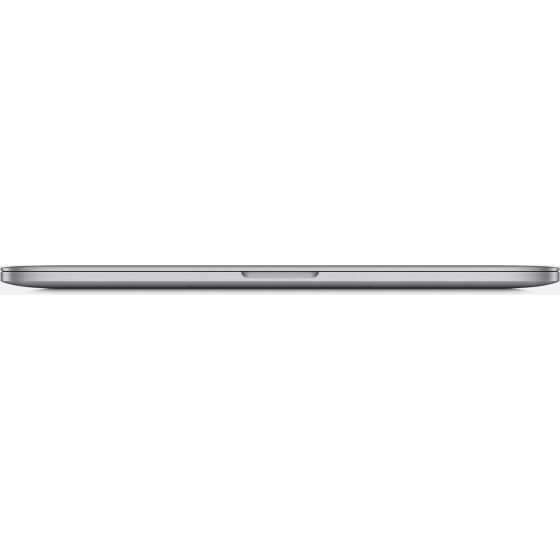

More on this later, but let’s start on familiar ground with the MacBook Pro. Currently, the state of support for eGPUs is messy and ad-hoc. While the operating system now supports it, this doesn’t mean apps can actually access its power. There’s one other major thing you need to know about eGPUs, too. There are downsides, though: the card is fixed, and can’t be upgraded it’s basically the Mac vs PC argument writ small. The Blackmagic Design eGPU (opens in new tab), by contrast, is engineered around a specific card, a powerful Radeon Pro 580, so it can be smaller, quieter and more elegantly engineered.
Blackmagic eGPU at Amazon for £699 (opens in new tab). Because the chassis doesn’t know what you’ll put in it, it has to default to the ‘worst-case scenario’ in terms of heat, power and size, which can lead to needless noise and power draw as it tries to vent. This can be inelegant, though traditionally, you got an eGPU setup by buying an empty case, then buying a graphics card to fit inside it. But while this has been possible on Windows for years, it was only with a recent update to macOS High Sierra that Apple supported it.ĮGPUs are great, then, because since they’re not constrained by the same power and temperature restrictions as inside a laptop, they can be hulking great monsters. You might quickly surmise, then, that a good solution would be to use an integrated graphics card on a laptop and plug in a discrete graphics card when you need more power. Ports: 2x Thunderbolt 3 (USB-C), 4x USB, 1x HDMI





 0 kommentar(er)
0 kommentar(er)
